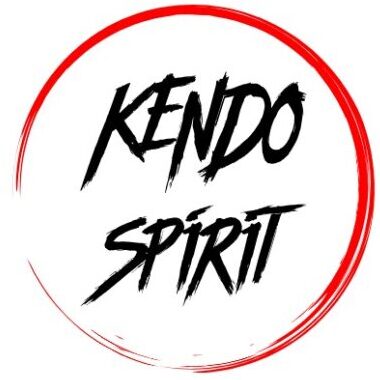
Exploring the Armour of Kendo Practitioners
Welcome to an exploration of kendo armour, the guardian of our bodies and the vessel of our dedication. As we embark on this enlightening journey, we shall uncover the rich history, decode the intricate components, and delve into the art of customization, all in pursuit of enhancing our kendo practice. Prepare to be captivated by the saga of kendo armour, which transcends time and resonates with the essence of the ancient samurai.
Unmasking the Origins: A Glimpse into the History of Kendo Armour
To understand the true significance of kendo armour, we must journey back in time to the noble traditions of the samurai. Rooted in the ancient art of swordsmanship, kendo emerged as a refined discipline during the Edo period in Japan. As the samurai’s way of life transformed, so too did their protective gear. Initially developed to shield the warriors in combat, kendo armour, or bogu, soon became an integral part of their training regimen. Today, the legacy of the samurai lives on in our practice, and the armor we wear carries the spirit of those who came before us.
The Anatomy of Kendo Armour: Decoding its Components
- Men – The Face Mask: The Men, the most recognizable piece of kendo armour, serves as both protection and a symbolic representation of the samurai’s spirit. Constructed with a metal grille and padded interior, it shields the face while allowing vision and airflow. The Men embodies the essence of kendo, as it is through this mask that our shouts of kiai and our unwavering focus are channeled.
- Kote – The Arm Guards: Protecting the hands and forearms, the Kote is a crucial component that allows us to execute precise strikes while preserving the delicate balance between offense and defense. Crafted with a combination of leather and fabric, it provides flexibility and resilience, ensuring our movements remain unhindered.
- Do – The Body Protector: The Do, the central body protector, shields our torso and vital organs from the force of strikes. Traditionally made from bamboo and leather, it represents the unwavering spirit and indomitable will of the samurai. Its shape echoes the armor worn by ancient warriors, serving as a constant reminder of our heritage.
- Tare – The Hip and Groin Protection: The Tare provides essential protection to the lower body, encompassing the hips and groin. Comprised of layered fabric and reinforced with leather, it offers flexibility and coverage while allowing freedom of movement. The Tare symbolizes the warrior’s grounding, maintaining balance and focus amidst the chaos of combat.
The Art of Customization: Personalizing Your Bogu
While kendo armour preserves tradition, it also allows for personal expression and customization. Embracing the spirit of individuality, practitioners have the opportunity to tailor their bogu to their preferences. Here are some considerations when personalizing your kendo armour:
- Materials Matter: Selecting the right materials is crucial for comfort, durability, and protection. From synthetic fibers to traditional leather and bamboo, each material offers unique properties that affect weight, breathability, and overall performance. Choose materials that align with your training needs and preferences.
- Finding the Perfect Fit: Achieving a proper fit is essential for mobility and safety. Properly measuring your body and consulting with experts will ensure that your kendo armour conforms to your unique physique. A well-fitted bogu allows for fluid movements and prevents distractions during practice or competition.
- Aesthetic Considerations: While kendo emphasizes discipline and respect, there is room for personal expression through the design and color schemes of your bogu. Adornments such as traditional patterns or unique embroidery can infuse your armour with a touch of individuality without compromising the essence of kendo.
Conclusion
In this immersive exploration of kendo armour, we have unraveled its profound history, dissected its components, and revealed the art of customization. Let us remember that kendo is not just a martial art—it is a way of life that honors the noble traditions of the samurai. As we don our bogu, we embody the legacy of those who came before us, standing as a testament to their spirit and dedication.
So, fellow Kendoka, embrace the protection of your kendo armour, forge your path with unwavering resolve, and may your journey be blessed with strength, skill, and unwavering passion.

– Made in Japan Fabric Cotton Bushu Indigo Dyed
– Sewing machine 0.2 x 0.16 inches (5.5 x 4.0 mm) pitch skewer, face drop 0.16 x 0.16 inches (4.0 x 4.0 mm) pitch slotted skewers
– Jaw Dark Navy Diagonal Stitch
– Japanese MUGEN Stamped Shock Absorbing Face Metal
– 1.2 inch (3 cm) slotted cut

– Made in Japan Fabric Cotton Bushu Indigo Dyed
– Sewing machine 0.2 x 0.16 inches (5.5 x 4.0 mm) pitch skewers
– 3 Tier Black Head Woven Sashimi

– Made in Japan Fabric Cotton Bushu Indigo Dyed
– Sewing machine 0.24 x 0.08 inches (6.0 x 2.0 mm) pitch lattice
– Helicopter Skin Navy Deer Leather with Woven Stitch Cloud, Black Dragonfly
– Black Ornament 3 Tier Decoration
